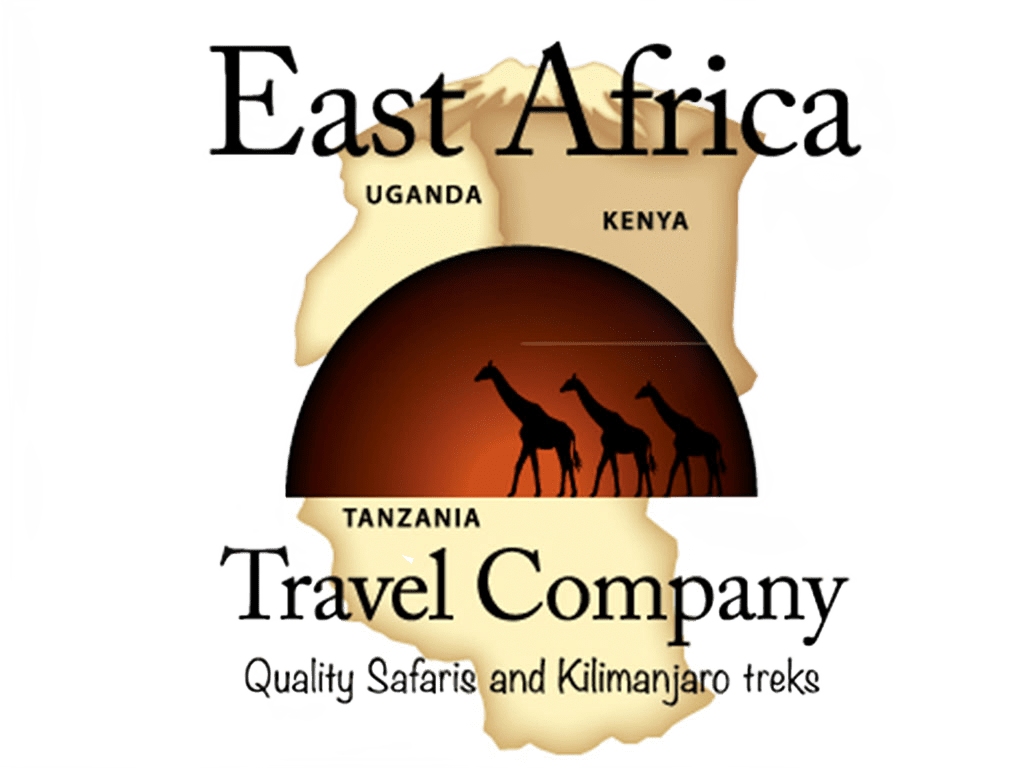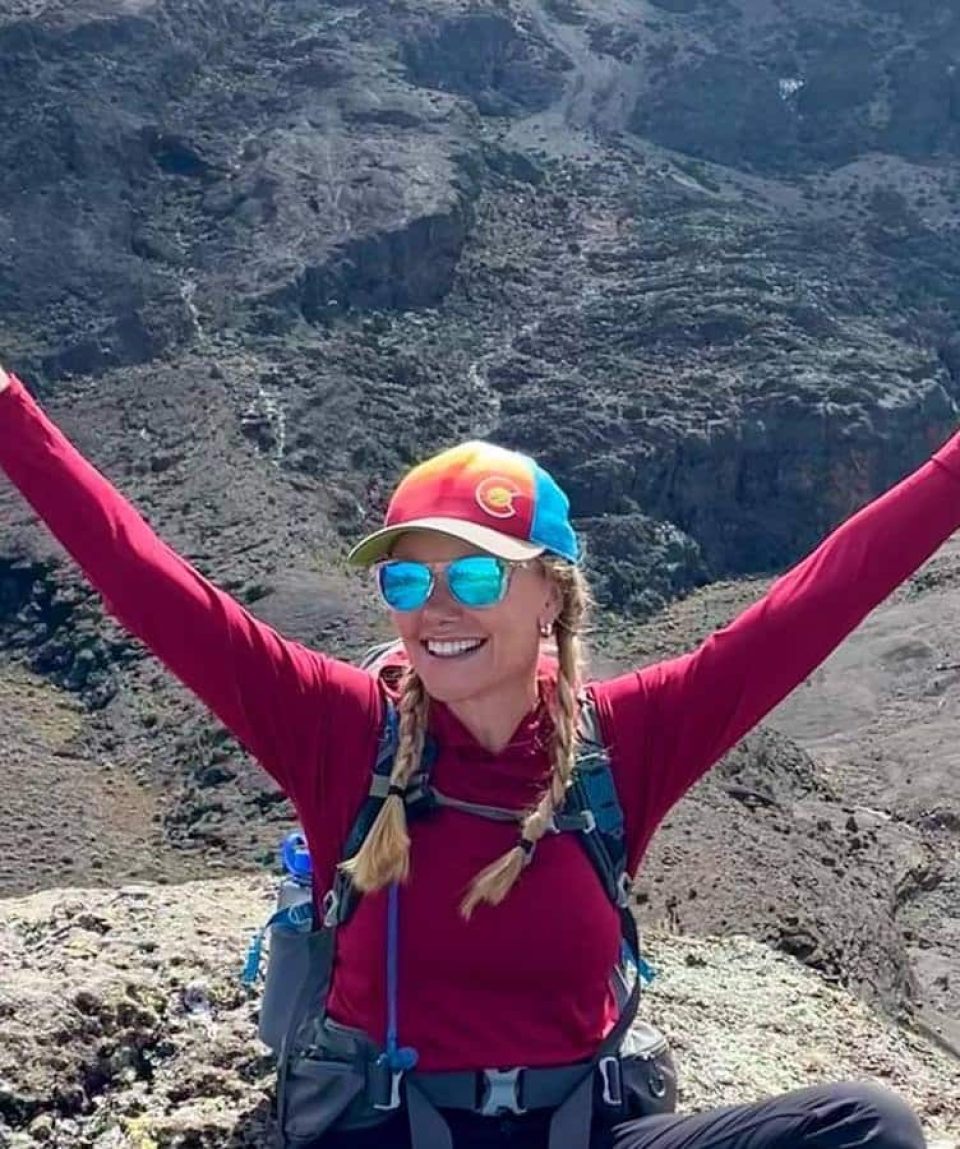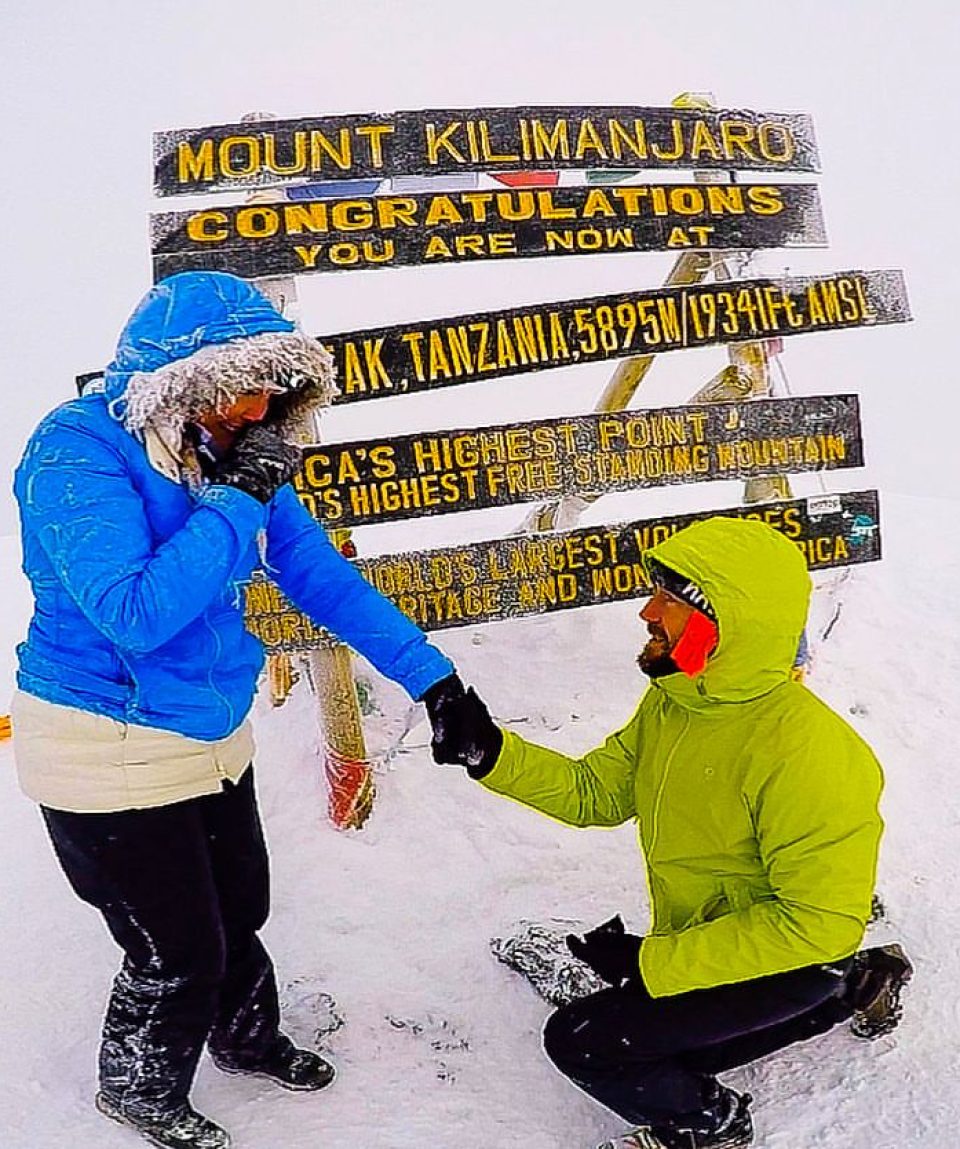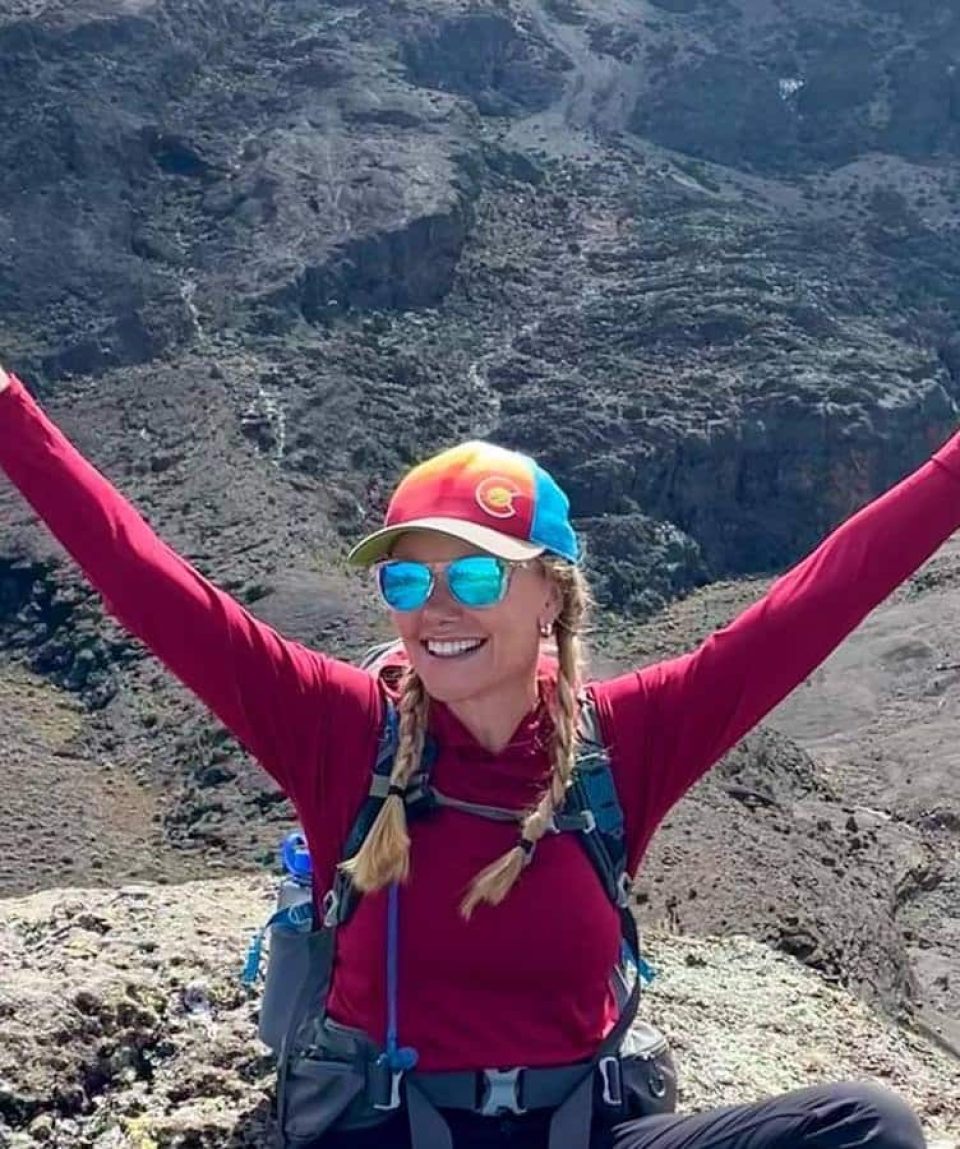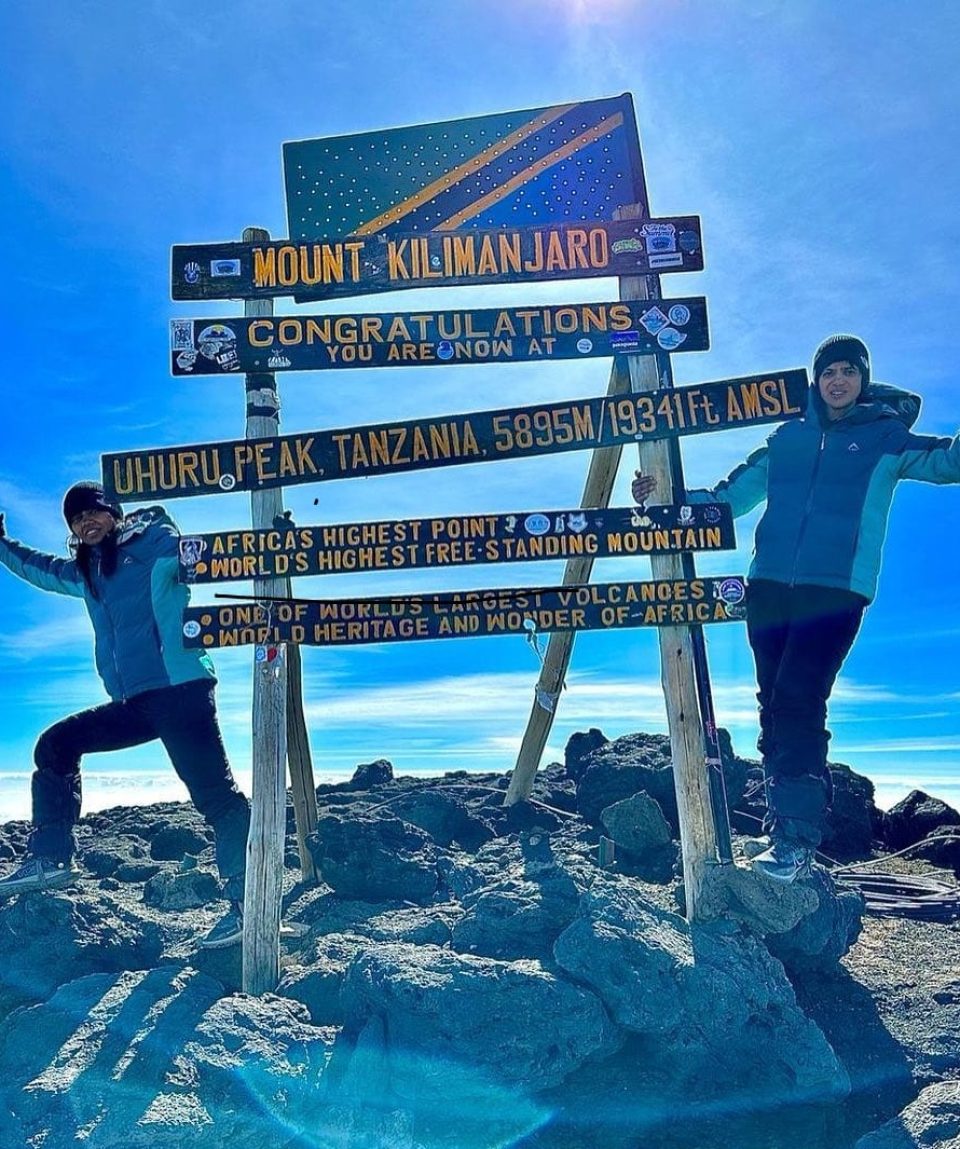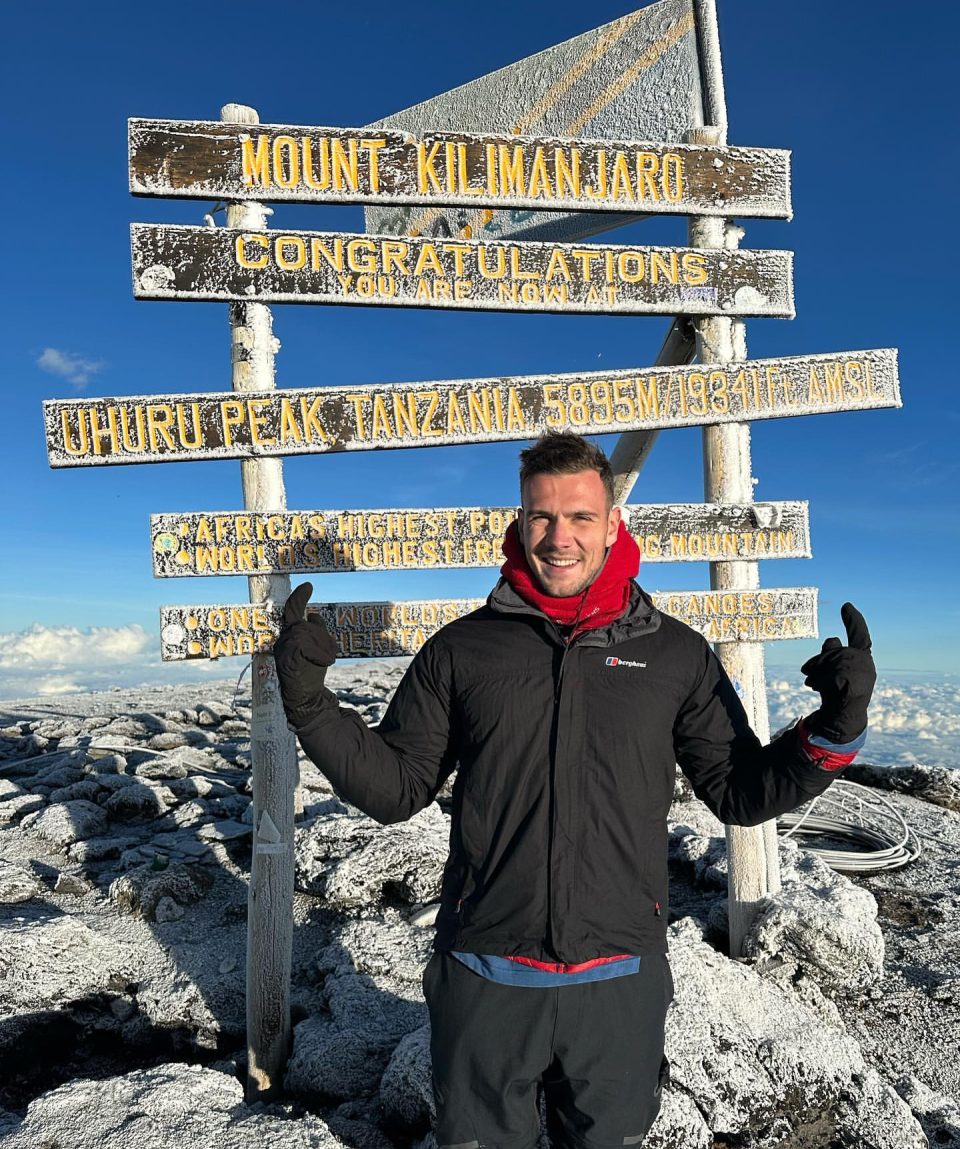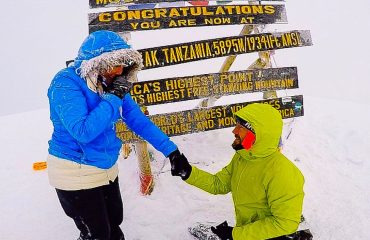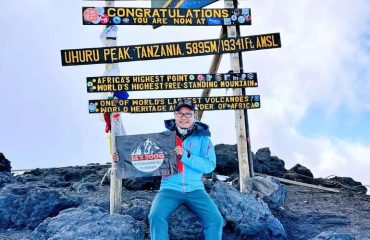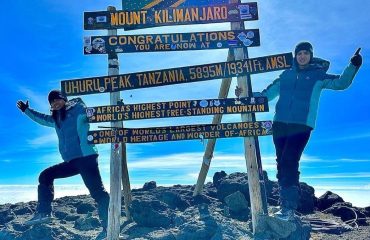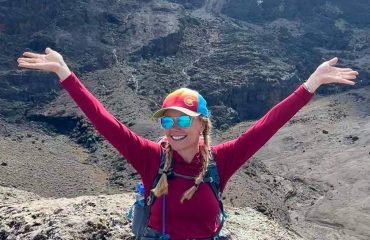Rongai Route Kilimanjaro: Discover 5 Reasons Why It’s Unforgettable
fromRongai Route Kilimanjaro: Explore the Rongai Route Kilimanjaro adventure with our guide. Discover 5 reasons why this trek is unforgettable. Get tips from expert tour operators for a successful climb!
Rongai Route Kilimanjaro
Introduction to Rongai Route on Kilimanjaro
Mount Kilimanjaro, Africa’s tallest peak, offers several trekking routes, each with its own charm and challenges. Among these, the Rongai Route stands out for its serene landscapes and wildlife encounters, making it a popular choice for adventurers seeking a quieter path to Kilimanjaro’s summit.
Route Overview
The Rongai Route approaches Kilimanjaro from the northern side, starting near the Kenyan border. Unlike the more crowded southern routes, Rongai offers a quieter trekking experience, with opportunities to spot wildlife such as elephants and buffalo along the way. The trail typically takes around six to seven days, allowing for gradual acclimatization and maximizing summit success rates.
Benefits of Choosing Rongai Route
Choosing the Rongai Route for your Kilimanjaro trek promises breathtaking panoramas from the northern slopes, where the mountain’s beauty unfolds with each day of trekking. Compared to the busier southern routes like Marangu, Rongai offers a more tranquil environment, perfect for those seeking a less crowded trekking experience. This route also provides better acclimatization opportunities, contributing to higher summit success rates.
Preparation and Planning
Before the Trek
Before embarking on the Rongai Route, it’s crucial to ensure physical fitness through regular cardio and endurance training. A packing list must include essentials like high-altitude clothing, sturdy hiking boots, and sleeping gear suitable for varying temperatures. Choosing reputable tour operators specializing in Kilimanjaro expeditions, such as [Insert Name], ensures a well-organized and safe trekking experience.
During the Trek
The Rongai Route typically spans six to seven days, allowing trekkers to adjust gradually to the altitude. Daily itineraries include moderate hikes interspersed with rest days for acclimatization. Safety measures, including hydration, pace adjustment, and recognizing symptoms of altitude sickness, are emphasized throughout the trek.
After the Trek
Post-trek recovery involves adequate rest and hydration to facilitate physical recuperation. Feedback from previous trekkers highlights the professional guidance provided by tour operators, contributing to positive trekking experiences. Embracing sustainable trekking practices, such as waste management and respecting local customs, ensures minimal environmental impact.
FAQs about Rongai Route on Kilimanjaro
General Information
- Where is Mount Kilimanjaro located on the map? Mount Kilimanjaro is situated in Tanzania, East Africa, near the border with Kenya.
- What makes Rongai Route unique? Rongai Route is renowned for its quieter trails and diverse wildlife sightings.
Preparation and Planning
- How long does it take to climb Kilimanjaro via Rongai Route? Climbing Kilimanjaro via Rongai Route typically takes six to seven days, depending on the chosen itinerary.
- What tour operators offer Rongai Route packages? Reputable tour operators like [Insert Name] specialize in Rongai Route expeditions.
Trekking Specifics
- What are the altitude challenges on Rongai Route? Altitude challenges include gradual ascent profiles and acclimatization stops.
- Are there restroom facilities along Rongai Route? Restroom facilities are available at designated campsites along the route.
Safety and Health
- What are the emergency procedures on Rongai Route? Tour operators maintain emergency protocols, including evacuation plans and medical assistance.
- How can altitude sickness be prevented on Kilimanjaro? Preventive measures include gradual ascent, hydration, and recognizing early symptoms of altitude sickness.
Environmental Impact
- How can trekkers minimize their environmental impact? Minimizing impact involves proper waste disposal and adhering to Leave No Trace principles.
- Are there any restrictions on camping and waste disposal? Camping is restricted to designated areas, with waste disposal managed according to environmental guidelines.
Conclusion
Embarking on the Rongai Route to Mount Kilimanjaro promises an unforgettable adventure amidst stunning landscapes and diverse wildlife encounters. Choosing this route not only ensures a quieter trekking experience but also supports sustainable tourism practices. For those seeking a unique journey to Kilimanjaro’s summit, Rongai Route offers the perfect blend of challenge and serenity, making it a rewarding choice for adventurers of all levels.
-
Reviews 0 Reviews0/5
-
Vacation Style Holiday Type
-
Activity Level Challenging
-
1-16
The Rongai Route on Kilimanjaro offers a serene trekking experience with breathtaking landscapes and wildlife encounters. This less-traveled path provides gradual acclimatization, increasing summit success rates. Discover why it’s a preferred choice for adventurers seeking a quieter ascent to Africa’s highest peak.
Embarking on the Mount Kilimanjaro trek via the Marangu Route is an exciting journey, and you’ll be well taken care of with this package. The price includes various components to ensure a smooth and enjoyable adventure:
- Park Entry Fees: Grants you access to the natural beauty and wonders of Kilimanjaro.
- Camping Fees: Accommodations during the trek, immersing you in the stunning landscapes.
- Transportation: Convenient transport to and from the Kilimanjaro gate, so you can focus on the climb.
- Team Kilimanjaro Rescue Fees (18%): Ensures you have a safety net in case of any unforeseen circumstances.
- VAT on Tour Fees: Transparent pricing with included value-added tax.
- Professional Mountain Guides, Cooks, and Porters: A skilled and friendly team to assist you throughout the journey.
- 3 Hot Meals Daily: Keeping you energized with delicious meals during the trek.
- Treated and Filtered Drinking Water: Hydration is key, and you’ll have access to clean water throughout.
- Hot Water for Washing: Comfort and cleanliness even in the mountainous terrain.
- Fair Wages for the Mountain Crew: Supporting the hardworking individuals making your adventure possible.
- Kilimanjaro Association of Tour Operators (KIATO) Government Taxes: Complying with regulations and contributing to sustainable tourism.
- Oximeter: Monitoring oxygen levels for your safety at higher altitudes.
- Emergency First-Aid Kit: Preparedness for any medical needs that may arise.
- Visa – MasterCard (3.5%): Convenient payment options for a hassle-free experience.
- Sleeping mattress; Quality mess tents with tables and chairs Emergency first-aid kit
With all these inclusions, you’re set for an unforgettable journey up the majestic Mount Kilimanjaro. Any specific details you’re curious about or need more info on?
Got it! Here are the aspects not covered in the Mount Kilimanjaro trekking package:
- Airfare: Your journey to and from Kilimanjaro is an extra consideration to plan for.
- Tips: While the crew is well taken care of, tips for porters, guides, cooks, and assistant guides are not included.
- Flights: Separate from the transportation to the Kilimanjaro gate, your personal flights aren’t part of the package.
- Hotels in Kilimanjaro/Arusha: Accommodations outside the trek duration require separate arrangements and expenses.
- Transfer from Arusha to Kilimanjaro: Transportation between these locations is an additional arrangement to be made.
- Airport Transfer Round Trip: Pickup from Kilimanjaro International Airport (JRO) to the hotel in Kilimanjaro and return transfer from the hotel to JRO.
- Hotel Upgrade Costs: Any preference for alternative hotels beyond the standard ones will have additional costs.
- Non-essential Items: Personal choices like alcohol, beverages, cigarettes, snacks, etc., fall outside the package.
These exclusions provide flexibility for personal preferences and choices during your Kilimanjaro adventure. Anything specific you’re considering or need assistance with regarding these aspects?
Certainly! The Rongai Route offers a manageable ascent, making it accessible to those with a passion for adventure, regardless of trekking experience.
Optimal trekking seasons are from January to February and September to October, ensuring favorable weather conditions.
Altitude sickness is a consideration due to the high elevation. However, the Rongai Route’s gradual ascent and well-planned itinerary minimize the risk. Adequate acclimatization stops are strategically placed to ensure a safer trekking experience.
Yes, permits are mandatory for trekking the Rongai Route. It’s essential to obtain necessary permits in advance to ensure compliance with regulations and smooth entry into Kilimanjaro National Park.
Preparation should involve both physical and mental aspects. Prioritize cardiovascular exercises, strength training, and altitude simulation workouts. Mental resilience is equally crucial; prepare for changing weather conditions and embrace the adventure with an open mindset.
While there isn’t a strict age limit, participants should be in good health and adequately prepared for the physical demands of the trek. It’s advisable to consult with a healthcare professional before embarking on the journey, especially for older participants.
